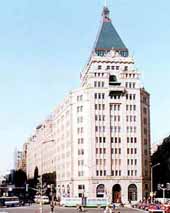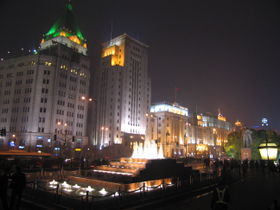
Western Australia's Maritime Museum in Fremantle has quickly become quite the hot topic. Located on Victoria Quay, this architectural masterpiece was first open to the public December 1st, 2002. Boasting six themed galleries: The Indian Ocean, Tin Canoe to Australia II, Fremantle and the Swan River, Hooked on Fishing, Cargoes, and Naval Defence, the Maritime Museum is the first museum of the Indian Ocean. The Maritime Museum is also home to the famous Shipwreck Galleries, which contain original pieces from shipwrecks as early as the 17th Century. The most famous of these being the reconstructed remains of the Batavia, which was discovered by archaeologists in the 1970s.

If you're making a day of the Quay, visit the Submarine Ovens at the western end. If you're interested in seeing the inside of a real-life submarine, and imagining what life would be like on such an amazing vessel, go check it out. There are guides on hand at both the submarine and Maritime Museum, however, if you are the independent type, you can hear all the same information by taking Tourcaster's Fremantle Part I: The Port City audio tour. There are a few tracks covering the museum and submarine, and the rest of the tour takes you on a journey all over Fremantle. Check out the Tourcaster site for this and other downloadable tours in Australia.
Labels: audio tours, Australia, fremantle, iPod, maritime museum, mp3 player, travel, vacation, victorias quay, western australia













